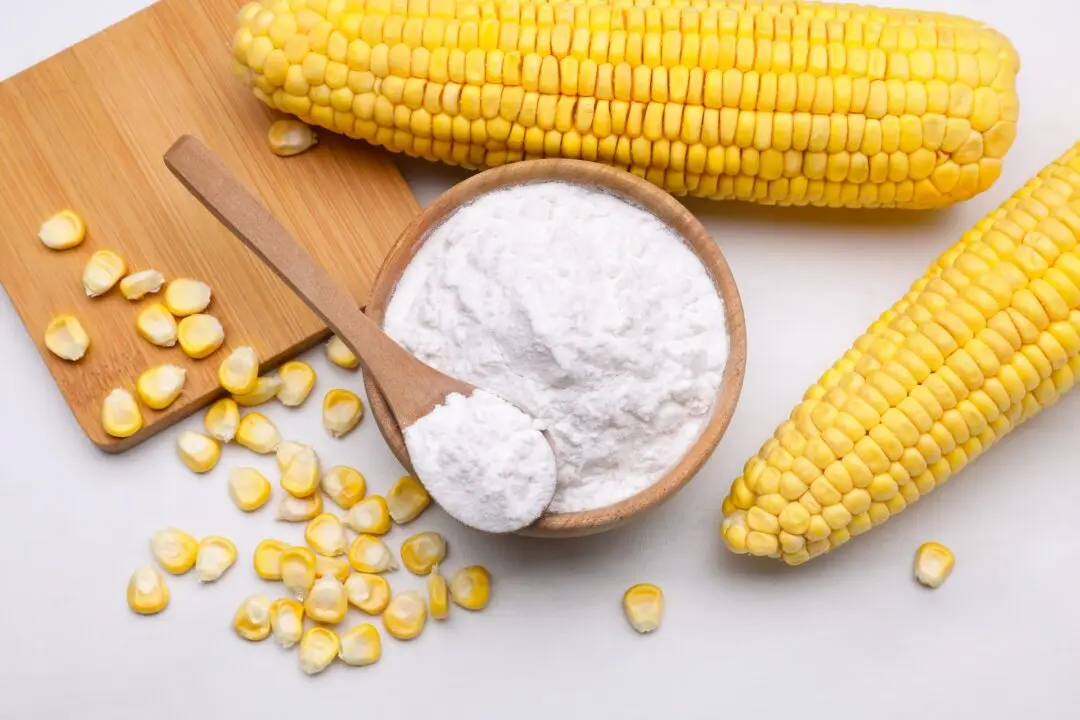If you’ve ever stood in the supermarket wondering if paying more for chicken that’s free-range, antibiotic-free, no hormones added, farm-raised, natural, and organic is going to make you healthier, wealthier, wise—or just a better person—you aren’t alone.
Recently, as I was doubting myself on my chicken choices, I decided to get to the bottom of what all of this really means. It isn’t what I thought.





